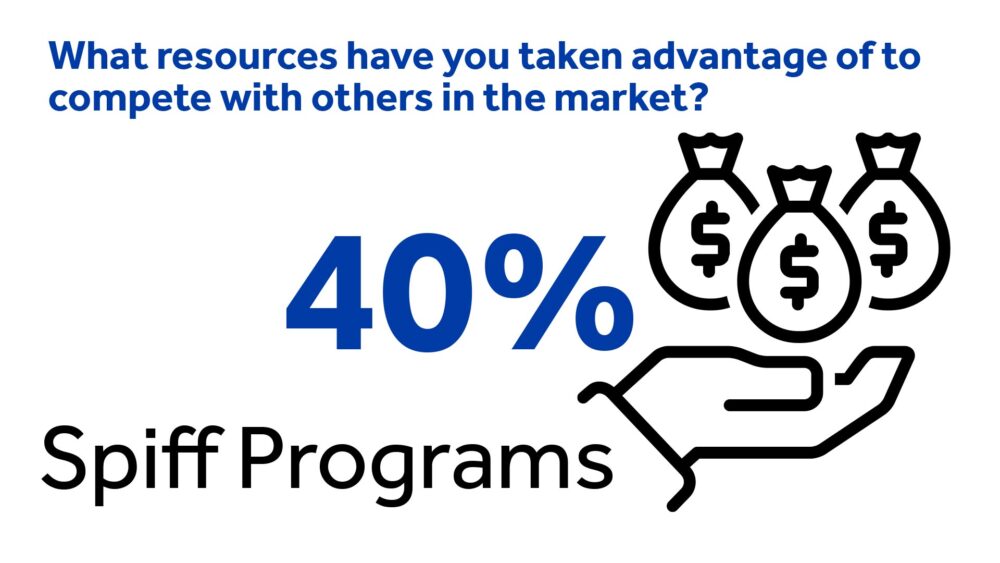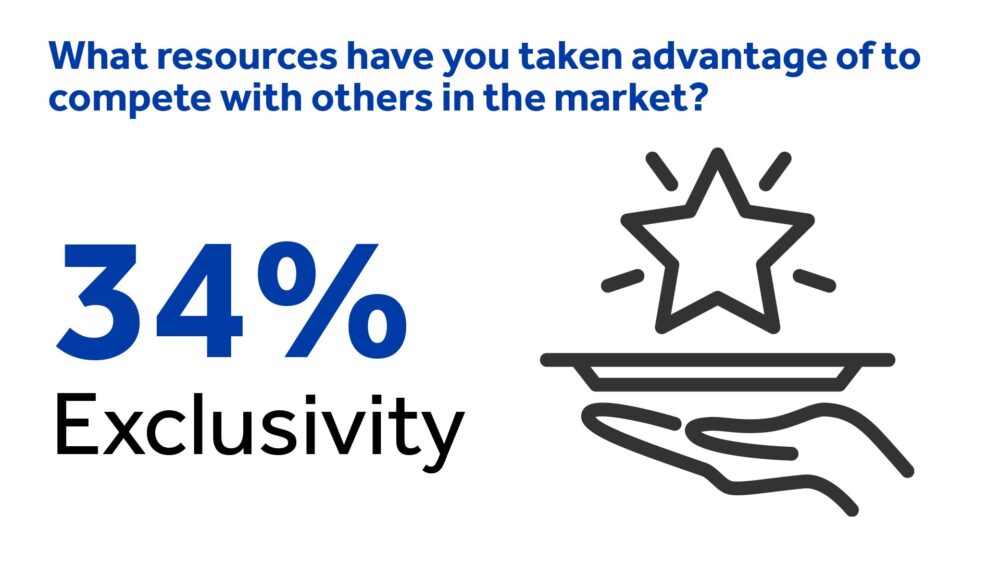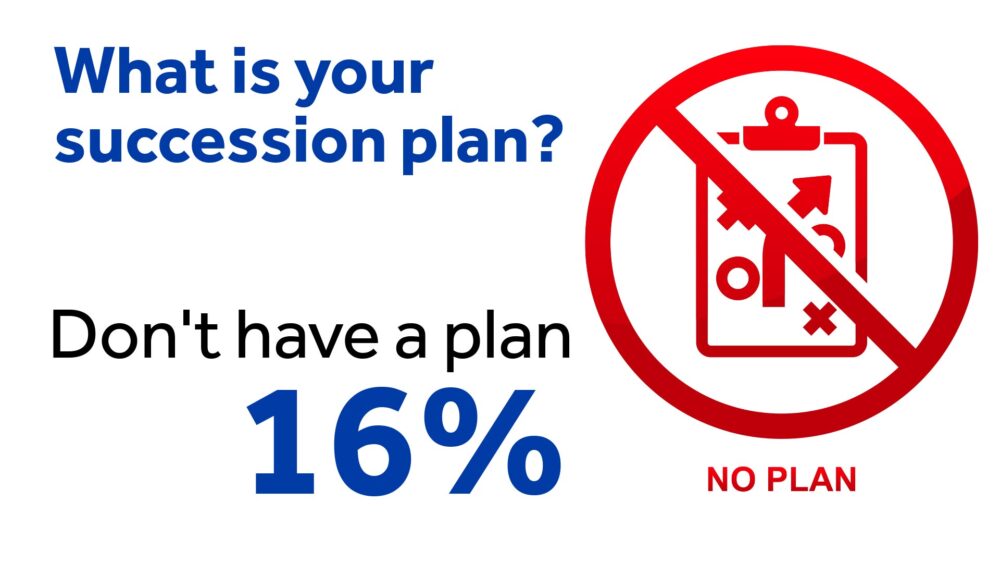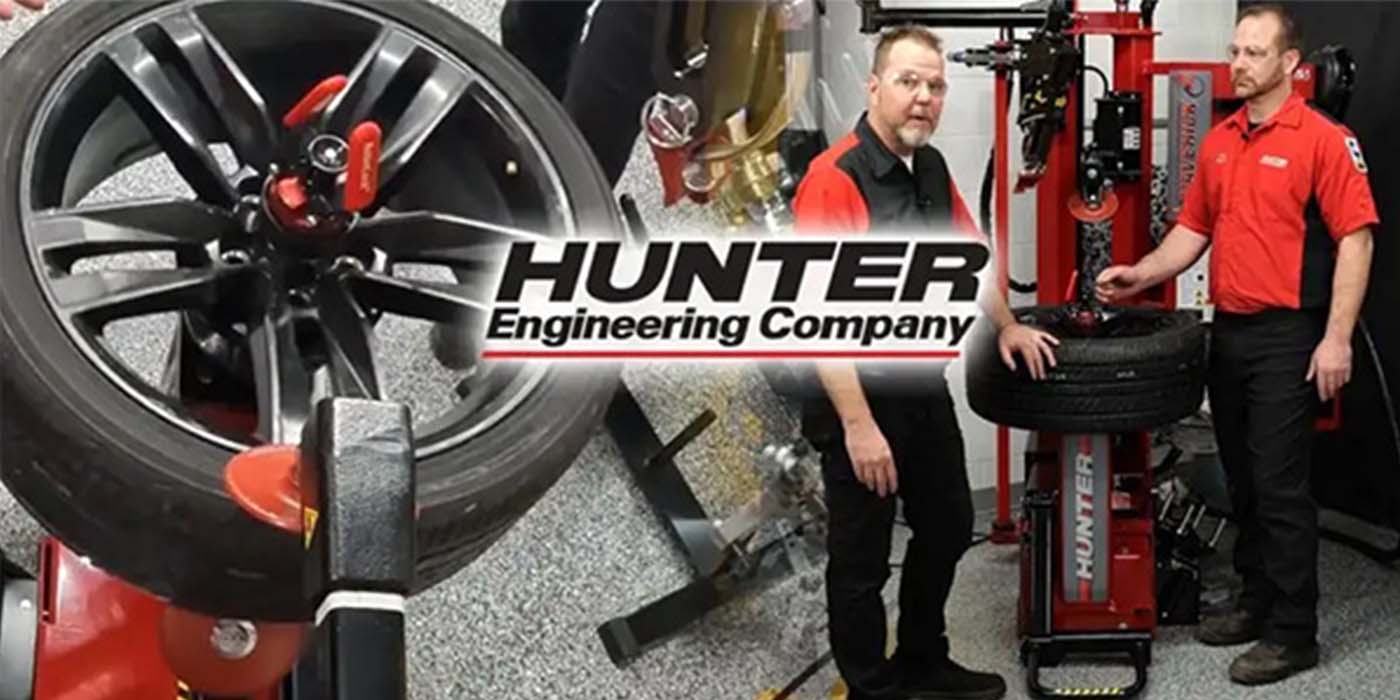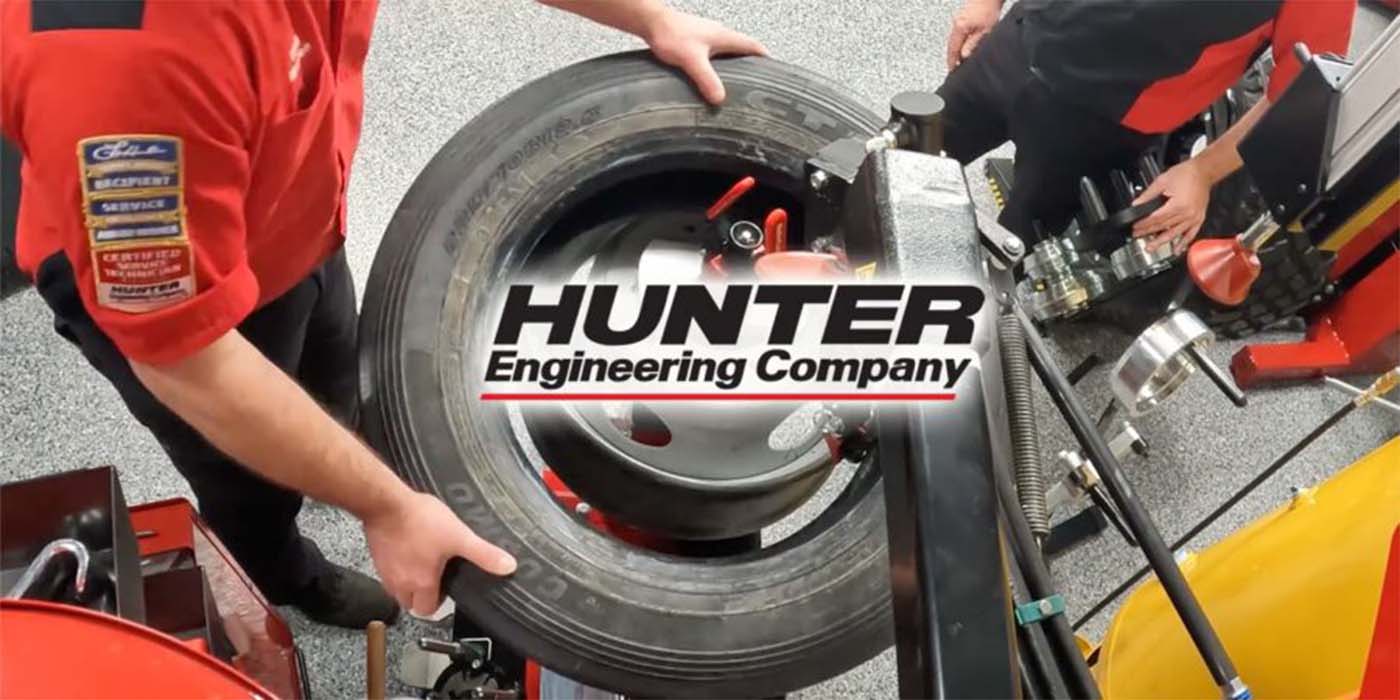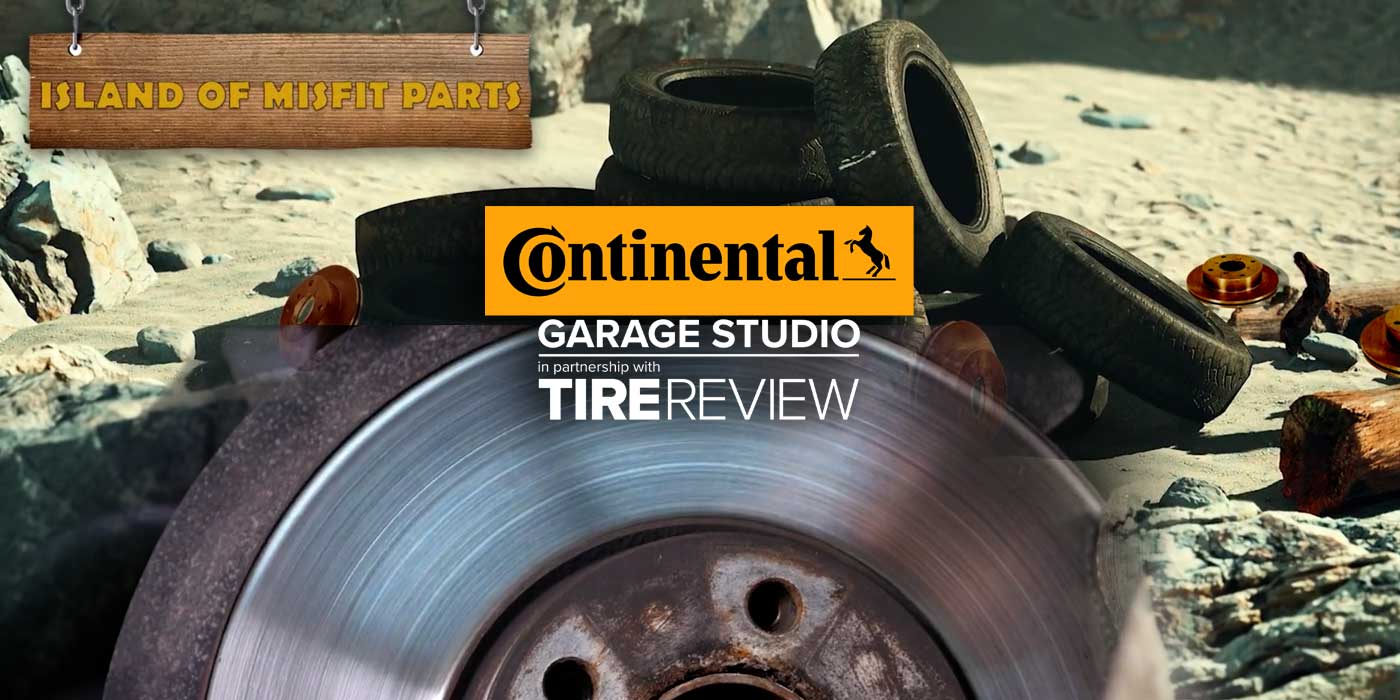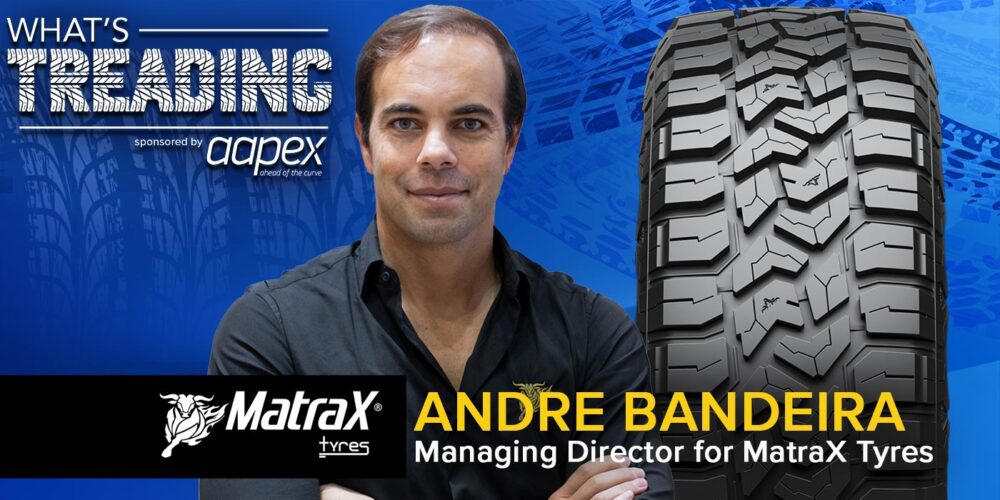Spiffs, exclusivity agreements, and marketing groups offer key advantages for independent tire dealers. However, lacking certain planning may lead to that hard-earned success disappearing in an instant.
According to our data, 40% of the tire dealers we surveyed leverage spiff programs from suppliers to increase profitability. We talked about spiff programs in another recent episode of Rollin’ with the Numbers where we explained that, from a tire dealer’s perspective, spiffs are valuable incentives provided by manufacturers to boost the promotion of particular tire brands. These incentives not only serve as an extra source of motivation for dealers but also offer an opportunity to highlight their expertise in front of customers, enhancing their credibility and sales potential.
34% of respondents have exclusivity agreements aligning them with a brand. This focused partnership gives marketing attention that enhances local branding and inventory control. Meanwhile, 33% said they participate in marketing groups, pooling resources for coordinated regional branding that raises consumer awareness. You may be thinking, if these programs are so great, why is it that only 33-40% of dealers take advantage of programs like these? The answer is in the data.
14% of our respondents said they use their own tools for growth, citing better customer service, having the best value in the area and creating their own rewards programs. These tactics can have a real impact on an independent dealer’s bottom line and market footing.

But without a solid succession plan, all that hard work you put into building your business can unravel.
That’s why, when I saw that 1 out of 6 respondents said they currently have no concrete succession plan at all, I was a bit concerned. 16% of our respondents may be failing to properly plan for their shop’s next generation of leadership, which means risking the loss of everything they built by utilizing resources like spiffs, exclusivity agreements, and marketing groups. All that progress truly could disappear tomorrow if something unexpected happens, or down the line after an ownership change without a roadmap strategy.
As you shape your own shop’s succession strategy, remember the tire industry evolves rapidly and being proactive is key to ensuring an easy succession transition when the time comes. The future won’t wait – failing to plan means planning to fail.
So, while utilizing the advantages available to you is important now, it’s also just as important to invest in mapping out your shop’s future leadership. This ensures that what you’ve built will continue serving your community for the long haul, even after you’re gone.
We want to hear from you! What is your succession plan? How are you utilizing resources to stay competitive now and in the future?

